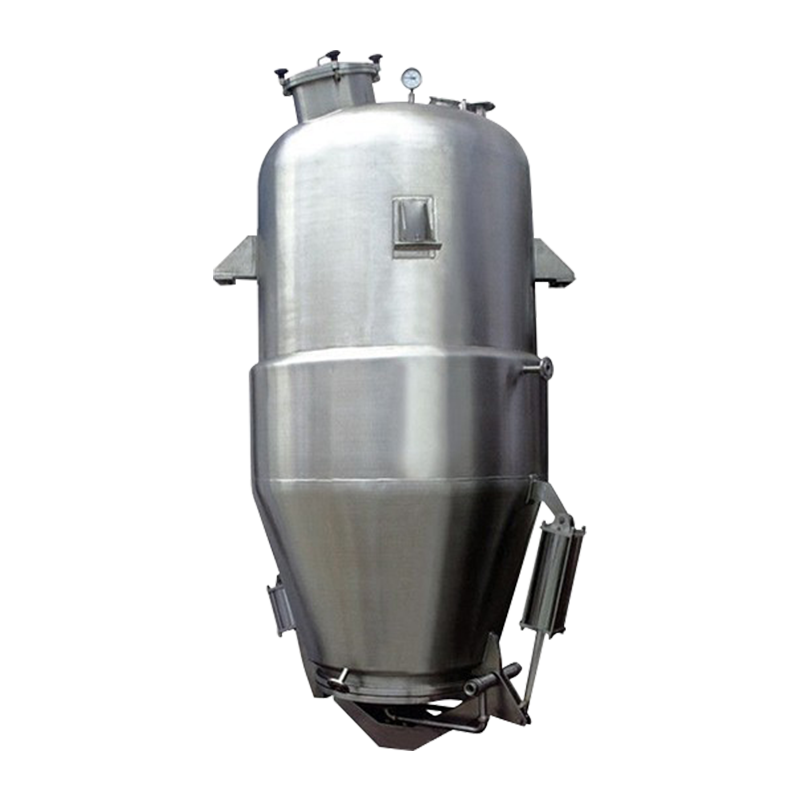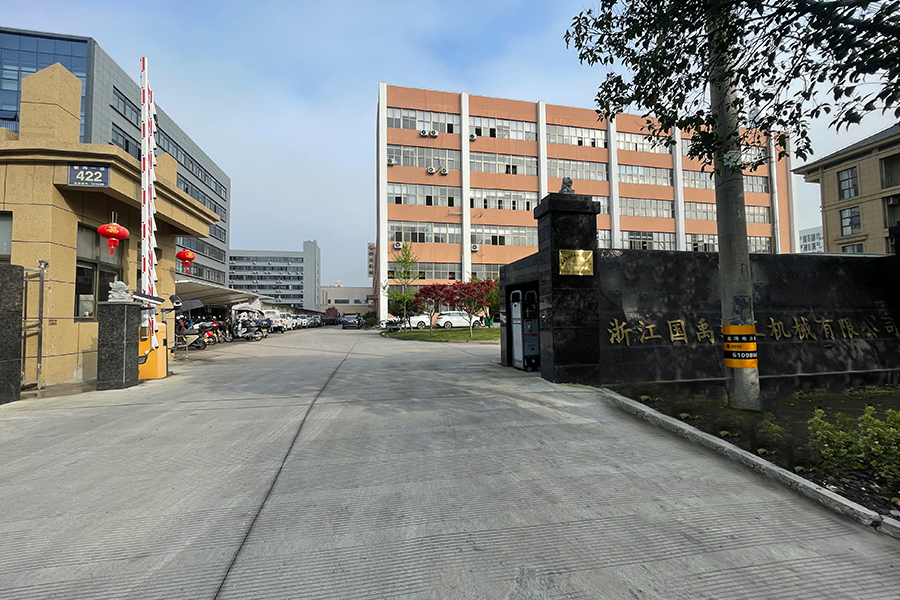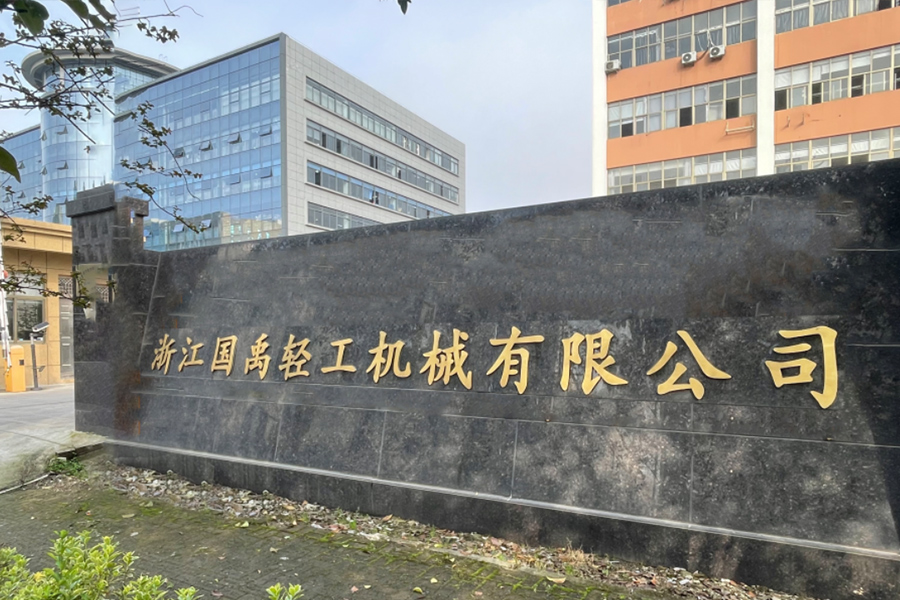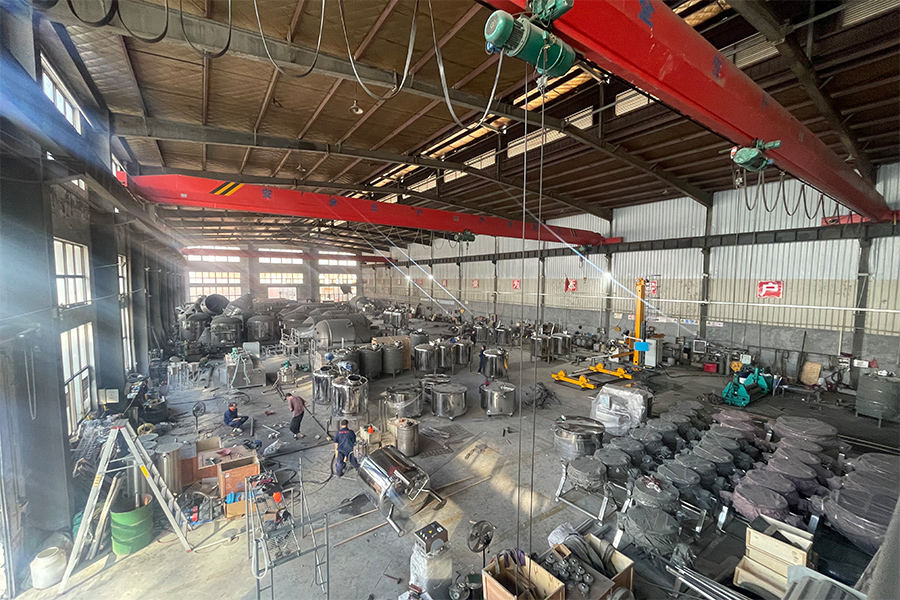An extraction tank is a specialized vessel used in industrial processes to separate desired components from raw materials through solvent extraction or other methods. Commonly used in chemical, pharmaceutical, and food industries, these tanks facilitate efficient mixing and contact between materials and solvents. Extraction tanks are designed with features such as agitators to enhance mixing and may include heating or cooling jackets to control temperature. Constructed from corrosion-resistant materials, they ensure durability and maintain product purity. Proper operation and maintenance of extraction tanks help optimize extraction efficiency and product quality in various manufacturing applications.
Maintenance Practices for Pharmaceutical Extraction Tanks
A pharmaceutical extraction tank is a specialized piece of equipment used to extract active pharmaceutical ingredients (APIs) or other beneficial compounds from raw materials during the drug production process. These tanks facilitate the separation of desired substances from plant, animal, or chemical materials using a solvent or other extraction methods, such as steam or supercritical fluid extraction.
The design of a pharmaceutical extraction tank typically includes an agitator to ensure thorough mixing, improving the efficiency of the extraction process. Some models also feature heating or cooling systems to control temperature, which is essential for optimizing extraction yields and maintaining the integrity of the active compounds. Additionally, pharmaceutical extraction tanks are equipped with sealing systems to prevent contamination during the process, ensuring the final product is of the high purity.
Construction materials are critical in the design of these tanks. Stainless steel is commonly used due to its resistance to corrosion, ease of cleaning, and ability to maintain hygiene standards. This is especially important in the pharmaceutical industry, where maintaining a sterile environment is essential to prevent contamination and ensure compliance with regulatory standards.
Pharmaceutical extraction tanks vary in size, from small laboratory-scale units to large industrial vessels, depending on production scale. They are often used in combination with other processing equipment like filtration systems and drying units.
Design and Functionality of Medical Extraction Tanks
A medical extraction tank is an essential piece of equipment used in medical and healthcare industries for extracting active substances from natural materials, chemicals, or biological matter. These tanks are often used in the production of medical formulations, such as extracts for medications, vaccines, or therapeutic products. Extraction tanks help separate specific compounds or ingredients that are crucial for the effectiveness of medical treatments.
The design of a medical extraction tank typically includes features like an agitator or mixer to ensure thorough and consistent contact between the raw materials and the solvent, facilitating an efficient extraction process.
Materials used in the construction of medical extraction tanks are selected for their resistance to corrosion and ease of sterilization. Stainless steel is a common choice due to its strength, resistance to chemical reactions, and ability to maintain hygiene standards.
In addition to extraction, these tanks may be integrated with filtration or separation systems to further purify the extracted compounds. This is especially important in medical applications, where the purity and safety of the final product are paramount.
Regular inspection and maintenance are vital to ensure that medical extraction tanks operate efficiently and meet the stringent standards required in the healthcare and pharmaceutical industries.

















